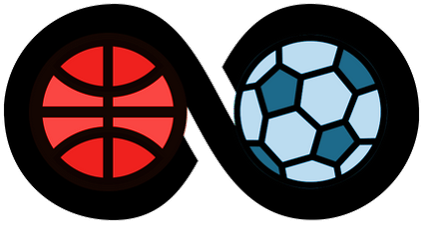Kitesurfing has to be one of the coolest sports you can do on water, but how do you get started in the first place? Kitesurfing is a wind-powered watersport that uses a kite and a board to propel you across the water. Despite the name, it doesn’t have to involve wave surfing – kitesurfing can be done on mirror-flat lagoons, as well as in choppy seas or big waves. All you need is wind and water.
Some of the common styles used in kiteboarding are, freeride, freestyle, wave-riding, wakestyle, jumping, wakeskate, course racing, and speed racing. Most styles are used only for recreation. Competitions usually involve freestyle, course racing and the speed racing styles.
The most popular kitesurfing style is ‘freeride’ and in fact most of the boards that are currently in high demand are designed for freeride. In freestyle, the board and kite are used for big air jumps and different tricks are performed while still in air. Freestyle is popular in competitive events of kitesurfing.
If you are planning to learn kite surfing you need to maintain the muscles in your hips and legs. Not stretching your hips and leg muscles will not just increase the risk of injuries in your knees, but will also lead to back problems that can be painful. It is therefore important that you do a basic hip flexor stretch.
Hamstring injury is quite common when sports enthusiasts kite surf for the first few times. For hamstring stretch you need to bend your front leg and stretching the calves. When you are doing this make sure that you are not looking down. Arch your back by looking forward and shoot out your chest to get maximum advantage.
When you are trying to learn to kite surf it is important to understand how your body moves while you’re in action. Calf injuries are quite common and to lower the risk calf stretch is something you shouldn’t miss out. For calf stretch you need to get down on your hands and feet and push your heel down to maximize the stretch.
You also need shoulder muscles to help you enjoy kitesurfing and for that you need to do shoulder stretch which will significantly reduce the risk of shoulder injuries. To begin, keep your shoulders straight and elbow in the center of the body. Now try to squeeze your elbows and hand together. Opening up your chest and pushing your shoulders back is another important stretch that you need to include in your kitesurfing training.
Keeping your neck in shape is extremely important when you are focusing on learning to kite surf. If you want to neck stretch you can start by making a double chin by pulling your chin towards your chest. This will stretch the deep muscles in your neck. One of the reasons why beginners must focus on neck stretches is because initially they get neck pain by looking at the kite all the time.
